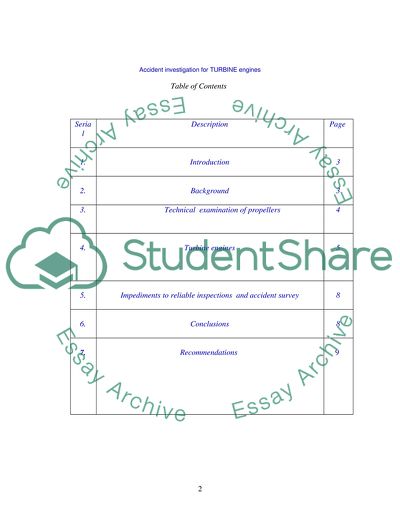Cite this document
(Accident Investigation for TURBINE Engines Research Paper, n.d.)
Accident Investigation for TURBINE Engines Research Paper. Retrieved from https://studentshare.org/technology/1732283-accident-investigation-for-reciprocating-engines
Accident Investigation for TURBINE Engines Research Paper. Retrieved from https://studentshare.org/technology/1732283-accident-investigation-for-reciprocating-engines
(Accident Investigation for TURBINE Engines Research Paper)
Accident Investigation for TURBINE Engines Research Paper. https://studentshare.org/technology/1732283-accident-investigation-for-reciprocating-engines.
Accident Investigation for TURBINE Engines Research Paper. https://studentshare.org/technology/1732283-accident-investigation-for-reciprocating-engines.
“Accident Investigation for TURBINE Engines Research Paper”, n.d. https://studentshare.org/technology/1732283-accident-investigation-for-reciprocating-engines.


